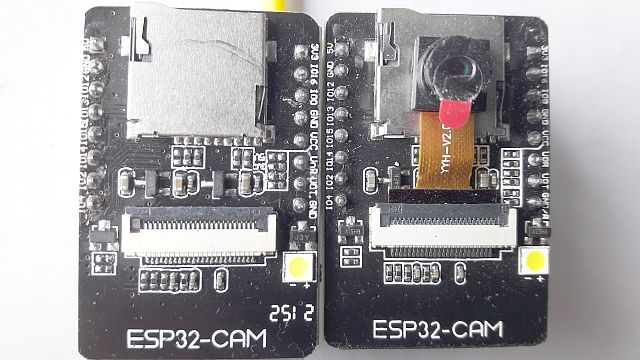ESP8266, ESP32, and ESP32xx downloader⚓
Developing with either Arduino or Espressif-SDK can be a nightmare of spending time in compiling (5 minutes) and flashing (3 minutes). Moreover, it requires deep knowledge in C++, Python, cmake, and ninja.
That Unofficial SDK compiles quite fast and is Makefile-based. But the esptool (flashing utility) lacks on various Python dependencies and doesn't work with ESP32.
So I decided to rewrite the esptool in C++. At first for Windows, later maybe for Linux. Command-line compatibility is not the most important thing. Easy use is more important! Some features:
- No need for noting COM port nor baudrate on command line.
As this is a user-specific setting, it is not
the right place for Makefiles.
A COM port selection dialog (showing descriptive strings and
their parent in hardware tree)
automatically pops up when needed,
and all settings are persistently saved in the registry.
- Example: See screenshot
- No need for providing load addresses for binary files when (recommended)
included inside the file name as @hexaddr.
Alternatively, load addresses can be given by prepending the file name
with addr:, no more by extra arguments.
- Example: esptool write_flash bootloader@1000.bin parttab@8000.bin 0x10000:myfirmware.bin (program all three files while myfirmware.bin doesn't contain load address in file name, not recommended)
- Example: esptool verify_flash bootloader@1000.bin (compare flash content with file using SHA-256 hash)
- Length arguments are given as another prefix when reading RAM or Flash.
- Example: esptool read_flash L0xC00:parttab@8000.bin
- In case of well-known base addresses 0x1000, 0x8000, and 0x10000, length is auto-detected by checking overall image size while reading (as esptool „knows“ that flash contents are almost always ESP Image files)
- Support for nested ESP Image files: One file for flashing all sections!
- Example: esptool -o=bundle.bin make_image bl@1000.bin pt@8000.bin fw@10000.bin (Build bundle. The “=” can be also space, colon, or omitted.)
- Example: esptool write_flash bundle.bin (Flash the bundle. esptool auto-detects by missing address.)
- Wildcard support: Flash multiple files with shorthand write_flash *.bin
- Direct support for ELF files when flashing, no intermediate Image files
necessary (but still good for distribution) — under construction
- Example: esptool write_flash firmware@10000.elf (update firmware, not the second bootloader or „partition table“ {I would say „root directory“})
- Support of (hopefully) all ESP32xxx devices
- Compression support, direct handling of gzip files
- Example: esptool write_flash firmware@10000.bin.gz (In this case, compressed data is directly fed to the ESP32 controller, no inflate or deflate is involved as ESP32 self-inflates the data stream.)
- No dependencies to non-standard DLL files, no Python runtime, no invocation of external programs, built-in ELF file handling
- Bilingual output (englisch/german), extensible by Resource Editing
- Colored output (todo)
Reset at ESP32CAM⚓
Problem: One of some bought
ESP32CAM
was able to bring into boot mode by USB-Serial adapter.
AFAIK
impossible because

Solution: